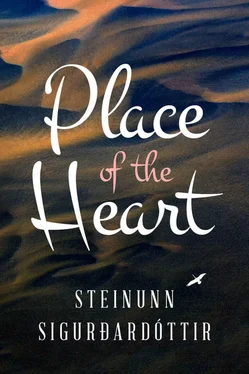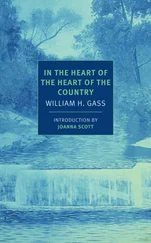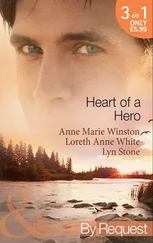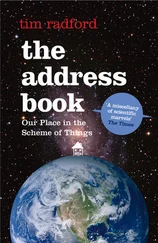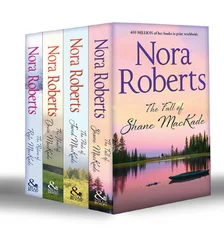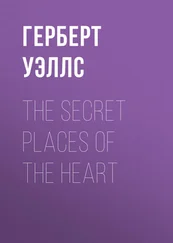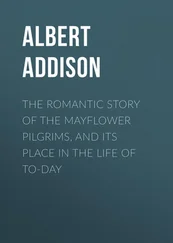I start in alarm when the symphony of snores from the house’s sleepers revs up again, this time with increased strength. Dýrfinna’s fireworks going off at full steam, Arnbjartur’s whistles lengthening, and Heiður’s short snores transforming into Kamala howls.
Surely Heiður will wake up to this racket of hers, not later, but now, and the matter will be resolved for good.
The sea of hot chocolate has reached the boiling point. I pour it into the stately pitcher and add it to the tray.
On my way into the living room, I hear that the singer’s soft baritone snores have been added to the sleepers’ symphony, which resounds from the four corners of the house.
I step over the threshold and see Dietrich Bacon filling half the couch, leaning back with his Sunday-best arms crossed over his chest. I put the tray down on the coffee table, next to the little flagpole. The cherry-blossom clouds on my wide sleeve brush against the singer’s arm, and he smiles, his eyes closed.
Bollagata:
Sculptor’s domed studio:The sculptor referred to here is Ásmundur Sveinsson (1893–1982). Sveinsson’s domed house/studio in Laugardalur in Reykjavík, which he donated to the city, is now a museum. The “hulking cement folk” are figures in the nearby sculpture garden.
Fáskrúðsfjörður:A fjord and village of the same name in the Eastfjords of Iceland. It and five other villages comprise the municipality of Fjarðabyggð. Harpa refers throughout the novel to Fáskrúðsfjörður as “my fjord” or her “dream place.”
On the Crest of Kambar:
The Foster Daughter of Wolves: This is the title of the Icelandic translation of Arnold Gesell’s Wolf Child and Human Child (1941), which tells the story of the Indian “wolf-girl” Kamala, based on the diary of Reverend Joseph Singh, who ran an orphanage where Kamala and her sister were kept and looked after by Singh after he supposedly “rescued” them from a wolf den in 1920. The Icelandic version (Fósturdóttir úlfanna) was translated by Steingrímur Arason and published in 1946. The story of Kamala was refuted as a hoax by Serge Aroles in his book The Enigma of the Wolf-Children (2007).
Selfoss:
“The days have come”:See Ecclesiastes 12:1.
The Shop on the Plain:
Gunnar and Njál:A reference to Gunnar of Hlíðarendi and Njál Þorgeirsson, main characters in the famous medieval Icelandic saga Njál’s Saga . The mountain Þríhyrningur is where the character Flosi of Svínafell hid out after leading a band of men in the burning of Njál and his family in their farmhouse.
Curse-pole:In Germanic pagan tradition, a curse-pole (in Icelandic, níðstöng ) was used for cursing one’s enemies. It was a long wooden pole to which a horse’s head was affixed and directed toward the enemy. The curse could be carved in runes upon the pole. A famous example is found in the medieval Icelandic saga Egil’s Saga , when the eponymous hero, Egil Skallagrímsson, raises a curse-pole against King Eiríkur and Queen Gunnhildur of Norway.
“Mary, lofty and mild”:From a hymn dedicated to the Virgin Mary (in Icelandic, Maríuvers ), composed by the Icelandic composer and organist Páll Ísolfsson (1893–1974), with text by the Icelandic poet Davíð Stefánsson (1895–1964).
Yule Lads:In Icelandic folk tradition, there are thirteen “Yule Lads” (in Icelandic, jólasveinar ), one of whom comes down from the mountains on each of the thirteen nights preceding Christmas to put rewards or chastisements (gifts or rotten potatoes) in children’s shoes left by the windowsill. Their mother is the ogress Grýla, and their father the ogre Leppalúði.
The Corral at the Foot of Eyjafjöll:
Le déjeuner sur l’herbe: A reference to the painting of the same name (in English, The Luncheon on the Grass ) by the French painter Éduoard Manet (1832–1883).
Orla Frogsnapper: A children’s book (in Danish, Orla Frøsnapper ) by the Danish writer Ole Lund Kirkegaard (1940–1979). A 2011 film version of the book is titled Freddy Frogface in English.
Höfðabrekka, Glóra, Útheimar:All of these places are on or near Iceland’s south coast. Höfðabrekka is near the town of Vík in Mýrdal. Glóra is a fictionalization of the farm Ásar in the Skaftártunga region, West Skaftafell County (between Mýrdalsjökull Glacier and Skaftafell National Park). Útheimar is a fictionalization of the farm Hraunkot in Lón, in East Skaftafell County (the area along the southeast edge of the glacier Vatnajökull, between Skaftafell National Park and Lónsheiði Heath).
All as the one blossom:A reference to the Icelandic funeral hymn “Allt eins og blómstrið eina” (“All as the One Blossom,” also known as “On Death’s Uncertain Hour”), whose text was composed by the Icelandic priest, hymnist, and poet Hallgrímur Pétursson (1614–1674).
Soon heralding the morning:Lyrics from the quartet “Bald prangt, den Morgen zu verkünden” in act 2, scene 6 of the opera The Magic Flute ( Die Zauberflöte ) by Wolfgang Amadeus Mozart (1756–1791). The popular Icelandic children’s song “Hann Tumi fer á fætur” (text by Freysteinn Gunnarsson, 1892–1976) is based on this quartet.
Efri-Hæðir:
Lati Geir:A reference to a popular Icelandic verse (unknown author): “Lati Geir á lækjarbakka / lá þar til hann dó / Vildi hann ekki vatnið smakka, / var hann þyrstur þó” (“Lazy Geir on the stream bank / lay there until he died / He didn’t want to taste the water, / although he was thirsty”).
Njál’s Saga: Again, a reference to the famous medieval Icelandic saga, whose author, like that of all the Icelandic family sagas, is anonymous.
Glóra:
Bimbirimbirimmbamm:A reference to the “chorus” of an old-fashioned Icelandic children’s rhyming game, which involved teasing about boyfriends or girlfriends. (Harpa’s mom is playing on the game’s idea of finding someone.) One version runs: “Who’s knocking? Bimbirimbirimmbamm. It’s Gunni. Bimbirimbirimmbamm. Who does he want to find? Bimbirimbirimmbamm. His dear Zukkat. Bimbirimbirimmbamm. What does he get in reward? Bimbirimbirimmbamm. A can of beans. Bimbirimbirimmbamm.”
Kirkjubæjarklaustur:
“A kindly blossom”:From Hymn 507 in the Hymn Book of the Lutheran Church of Iceland, “Ó, faðir, gjör mig lítið ljós” (“Oh, Father, make me a little light”). The text, by the Icelandic poet Matthías Jochumsson (1835–1920), is a translation of the hymn “God make my life a little light” by the English novelist and poet Matilda Betham-Edwards (1836–1919). This stanza, in the original, reads: “God make my life a little flower / That giveth joy to all, / Content to bloom in native bower, / Although its place be small” ( Littell’s Living Age , 117).
“Never seek to tell thy love”:From the poem “Never pain to tell thy love” by the English poet William Blake (1757–1827).
Passion Hymns: The Passion Hymns (in Icelandic, Passíusálmar ) are a set of fifty hymns written by the Icelandic priest and poet Hallgrímur Pétursson (1614–1674). They are sung during Lent in Iceland.
The evil net:See Ecclesiastes 9:12.
In the Shelter of Lómagnúpur:
“From the sky drip big drops”:Part of a verse by the versifier and shop owner Ísleifur Gíslason (1873–1960). The verse in full reads: “Detta úr lofti dropar stórir, / dignar um í sveitinni. / Tvisvar sinnum tveir eru fjórir, / taktu í horn á geitinni” (“From the sky drip big drops / wetting the countryside / twice two makes four / take the goat by the horns”).
Читать дальше
